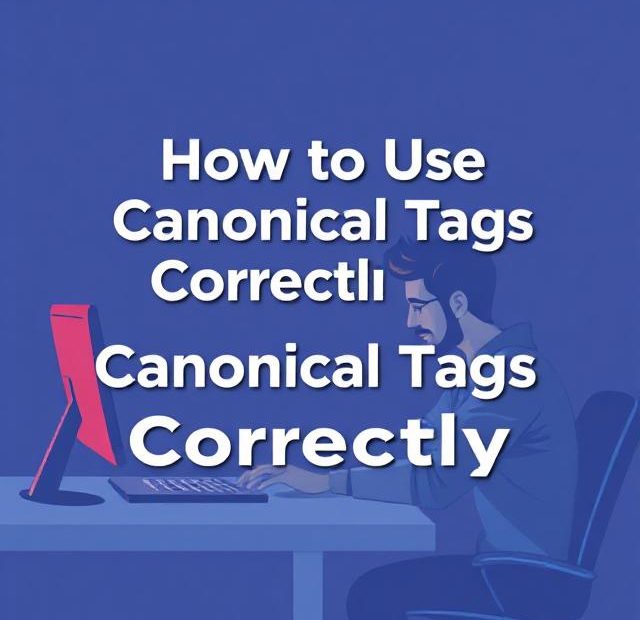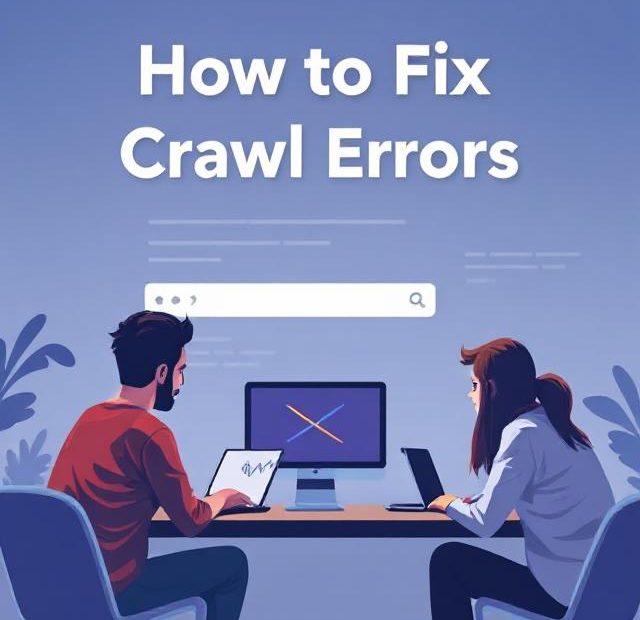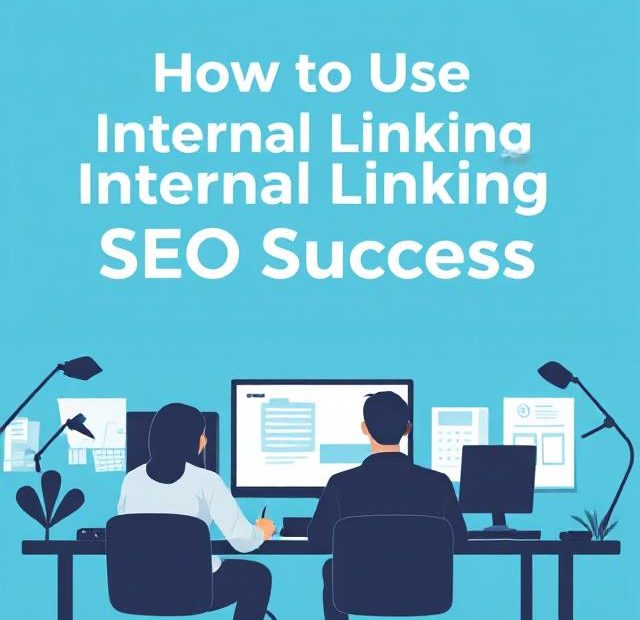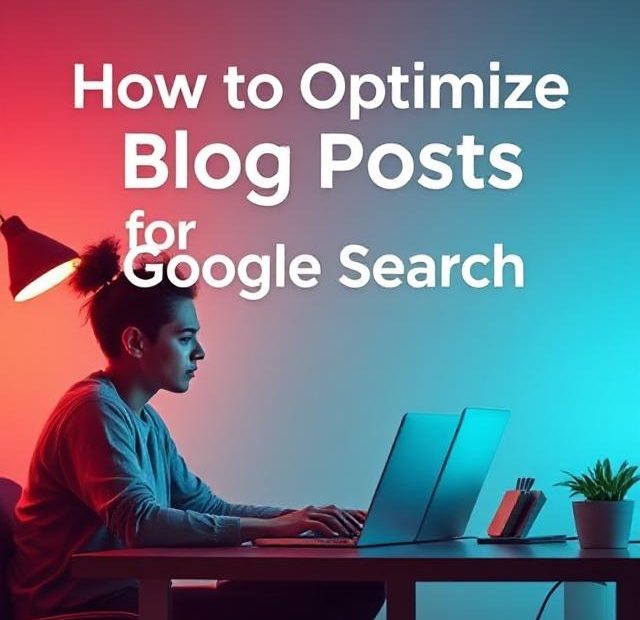How to Implement HTTPS for SEO Benefits
In today’s digital world, security and trust are more important than ever—for both users and search engines. One of the easiest ways to improve both is by switching your website from HTTP to HTTPS. While HTTPS is primarily a security protocol, it also plays a vital role in boosting your site’s SEO and overall web presence. In this guide, we’ll… Read More »How to Implement HTTPS for SEO Benefits



















